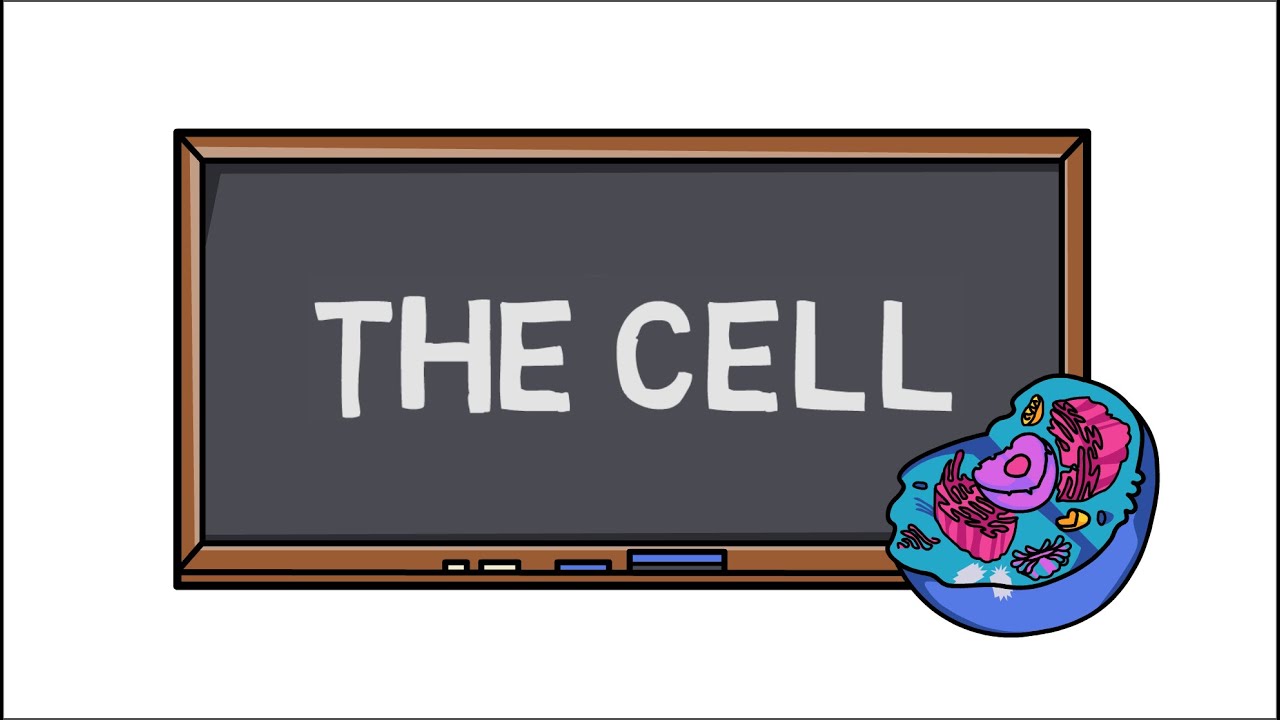Cells for Kids | Learn about cell structure and function in this engaging and fun intro to cells
Summary
TLDRThis video explains the fundamental role of cells as the building blocks of life. It covers the difference between unicellular and multicellular organisms, the process of cell division, and how cells work together to form complex organisms. The script also highlights the structure of cells, including the nucleus, cytoplasm, and cell membrane, and explores plant and animal cell differences. Additionally, it delves into the fascinating world of stem cells, their uses in medicine, and how plant cells are being used to create biodegradable plastics. Overall, it emphasizes the importance of cells in both the natural world and technological advancements.
Takeaways
- 😀 Cells are the building blocks of life, making up all living organisms including animals, plants, and humans.
- 😀 All living things are made of one or more cells; organisms can be unicellular (one cell) or multicellular (many cells).
- 😀 It takes around 30 trillion cells to form a human body, illustrating how vast multicellular life is.
- 😀 New cells are produced through cell division, with each cell dividing repeatedly to create new cells.
- 😀 A baby starts as a single cell that divides into a blastocyst, a group of cells that becomes an embryo, and eventually a full-grown baby.
- 😀 By week five, the cells of an embryo begin to specialize and take on different roles, such as forming organs and tissues.
- 😀 Cells can only be seen through a microscope, which allows scientists to examine their structure and function.
- 😀 Animal cells have three main parts: the nucleus (brain of the cell), cytoplasm (gel-like fluid), and the cell membrane (protective wall).
- 😀 Plant cells have two extra components: the cell wall (protects and supports) and chloroplasts (used for photosynthesis to make food).
- 😀 Stem cells are special cells that can replace damaged or missing cells and are found in bone marrow and the umbilical cord.
- 😀 Some plant cells are being used to create biodegradable plastics, offering an eco-friendly alternative to traditional plastic products.
Q & A
What are cells compared to in the transcript?
-Cells are compared to Legos in the transcript, as both are building blocks that can be combined in various ways to form larger structures.
What are the two types of organisms based on the number of cells they are made of?
-The two types are unicellular organisms, which are made of a single cell (like bacteria or yeast), and multicellular organisms, which are made of many cells (like humans or animals).
How many cells does it take to make a human?
-It takes approximately 30 trillion cells to make a human.
What is a blastocyst and what role does it play in human development?
-A blastocyst is a tiny ball of cells formed after a fertilized egg divides. It is surrounded by an outer shell and becomes the embryo, which eventually develops into a baby.
What are the three basic parts of animal and plant cells?
-The three basic parts of both animal and plant cells are the nucleus, cytoplasm, and cell membrane.
What is the function of the nucleus in a cell?
-The nucleus acts as the brain of the cell, controlling its functions and activities.
What is the role of the cytoplasm in a cell?
-The cytoplasm is a clear gel-like fluid that holds the cell's shape and keeps all its internal components in place.
How do animal and plant cells differ in terms of shape?
-Animal cells are squishy, moveable, and irregularly shaped, while plant cells are rectangular and rigid.
What additional structures do plant cells have that animal cells do not?
-Plant cells have a cell wall and chloroplasts, which are not present in animal cells. The cell wall provides structural support, and chloroplasts are involved in photosynthesis.
What are stem cells, and what are some of their uses?
-Stem cells are special cells that produce new cells for the body. They can be used to replace damaged cells, and are found in the bone marrow and umbilical cord. They are also used in treatments for certain cancers and blood diseases.
Outlines

このセクションは有料ユーザー限定です。 アクセスするには、アップグレードをお願いします。
今すぐアップグレードMindmap

このセクションは有料ユーザー限定です。 アクセスするには、アップグレードをお願いします。
今すぐアップグレードKeywords

このセクションは有料ユーザー限定です。 アクセスするには、アップグレードをお願いします。
今すぐアップグレードHighlights

このセクションは有料ユーザー限定です。 アクセスするには、アップグレードをお願いします。
今すぐアップグレードTranscripts

このセクションは有料ユーザー限定です。 アクセスするには、アップグレードをお願いします。
今すぐアップグレード関連動画をさらに表示

GCSE Biology - Cell Types and Cell Structure #2

Cells Cells - Parts of the Cell Rap

Cell Theory Explained | Science Lesson

All About Cells and Cell Structure: Parts of the Cell for Kids - FreeSchool

ELSC2111 2111 W06 EARTH AND LIFE SCIENCE BIOENERGETICS DE JESUS MARILYNE

The Cell | Discovery of first Cell | Cell Theory |
5.0 / 5 (0 votes)
